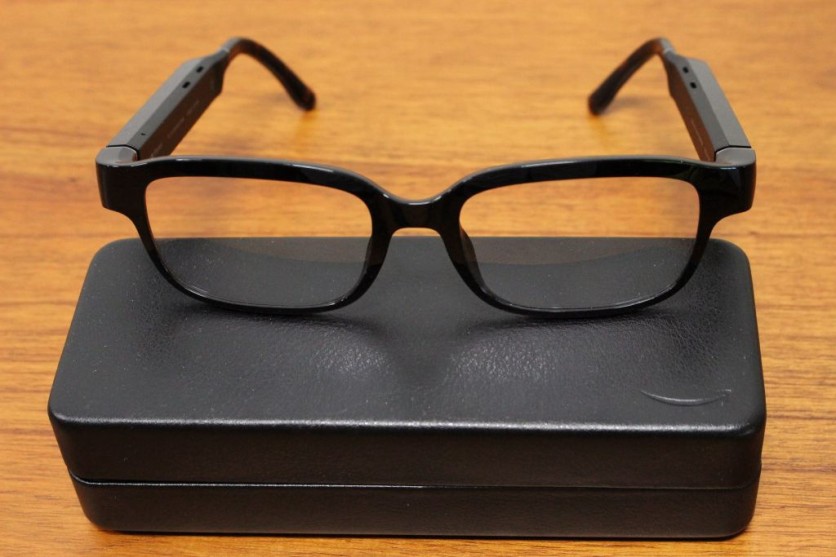The Amazon Echo Frames have a clear purpose: to offer immediate access to Alexa wherever you are, right on your face. However, this may not align with the typical expectations for smart glasses, especially when the price tag reaches $389.99.

Echo Frames' Vision
Unlike the sleek, discreet devices often associated with iconic sci-fi and spy movie characters, the Echo Frames don't quite fit the mold. The Verge reported that the common perception of smart glasses is shaped by visions of hidden mixed reality displays or the ability to capture the world around you.
The original Google Glass solidified this image, and subsequent models like the Snap Spectacles and the Ray-Ban Meta Smart Glasses have emphasized content creation. However, the Echo Frames don't harbor such grand ambitions.
Similar to the Bose Frames, Amazon's take on smart glasses revolves more around functioning as open-ear headphones for making calls, listening to music, and occasionally querying Alexa. There's no built-in camera, no display screen, and no outward indication that you're wearing anything other than ordinary glasses.
Amazon is sticking to the same winning formula with the third-generation Echo Frames. The notable updates include a lighter design, an extended battery life, enhanced bass for a more robust sound, and a considerable improvement in style compared to their predecessors.
While these upgrades represent a step in the right direction, they may not be sufficient to transform the Echo Frames into a must-have gadget. However, Ticker reported that it marks a commendable half-step towards that goal.
Comparing to Ray-Ban Meta
Similar to the Snapchat Spectacles, the Ray-Ban Meta prioritizes content capture with a built-in camera in the frame, allowing wearers to capture quick videos and livestream for social media. The temples incorporate speakers that direct music or podcast audio toward the wearer's ear.
In contrast, TechCrunch reported that the Amazon Echo Frames 3 diverge in functionality by excluding video capture-an aspect likely to be appreciated by privacy advocates worldwide.
Nevertheless, these frames offer a comparable audio setup, with speakers positioned in the temples just ahead of the temple tips. Notably, Amazon has chosen not to integrate bone conduction technology, a decision that is likely for the best given its variable performance.
Also Read : Meta Reveals AI-Powered Upgrades for Ray-Ban Smart Glasses, Introducing Real-Time Info Access
Distinguishing itself from typical headphones and earbuds, the Echo Frames 3 do not cover the entrance to the ear canal. While this design promotes situational awareness, it may compromise the potential for an immersive sound experience.
If your goal is to remain attuned to the surrounding environment while walking down the street or biking with music, this option proves to be a practical choice.
To charge the glasses, you fold them with the lenses facing upward, aligning the charging points on the temples with the charger. This charging method differs significantly from the Ray-Ban Meta's highly convenient and well-designed charging case.
In contrast, Amazon's case is collapsible. While it may not boast the same aesthetic appeal, there's certainly an added convenience in being able to fold it flat while still wearing the glasses.

ⓒ 2025 TECHTIMES.com All rights reserved. Do not reproduce without permission.




